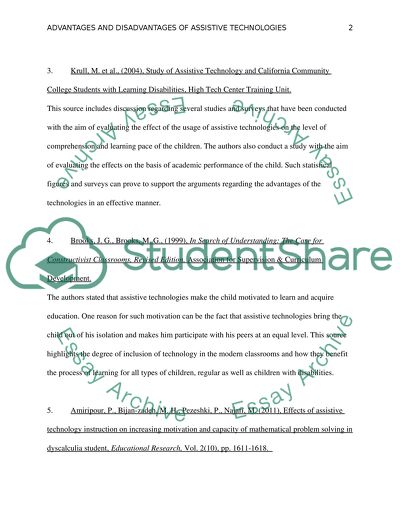Cite this document
(“Advantages and Disadvantages Of Assistive Technologies Essay”, n.d.)
Retrieved de https://studentshare.org/education/1392480-advantages-and-disadvantages-of-assistive-technologies
Retrieved de https://studentshare.org/education/1392480-advantages-and-disadvantages-of-assistive-technologies
(Advantages and Disadvantages Of Assistive Technologies Essay)
https://studentshare.org/education/1392480-advantages-and-disadvantages-of-assistive-technologies.
https://studentshare.org/education/1392480-advantages-and-disadvantages-of-assistive-technologies.
“Advantages and Disadvantages Of Assistive Technologies Essay”, n.d. https://studentshare.org/education/1392480-advantages-and-disadvantages-of-assistive-technologies.


